 Loading... Please wait...
Loading... Please wait...All prices are in All prices are in AUD
Categories
- Home
- Blog History Revisited
- William Smellie
Blog History Revisited - William Smellie
Enlightened Encyclopedia Evolution care of the Printing Trade
Posted by ©Sandra Ker Owner of Antiquarian Print Gallery, South Australia 1989-2015. Dealer in Antique Prints and Maps, http://www.historyrevisited.com.au on 23rd Oct 2015
The Printing Press - A Catalyst for Change?
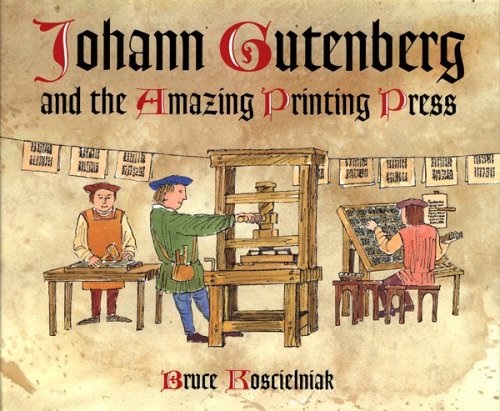
Prior to the invention of the printing Press by Johannes Gutenberg circa 1452 the “civilized world” was one of handwritten manuscripts for those wealthy enough to afford such luxuries, hence such knowledge. For the majority there was verbal education as few were literate. Now, there is some debate over when the Age of Enlightenment, otherwise known as Age of Reason, began. Some use the emergence of “modern science” in the 1620s, when developments in mathematics, physics, astronomy, biology, including human anatomy, and chemistry transformed views of society and nature. This married with the golden age of Philosophy. The Philosophes, the French term for the philosophers of the period, widely circulated their ideas through meetings at scientific academies, Masonic lodges, literary salons and coffee houses, and through printed books and pamphlets, made possible care of the Printing Press of course.
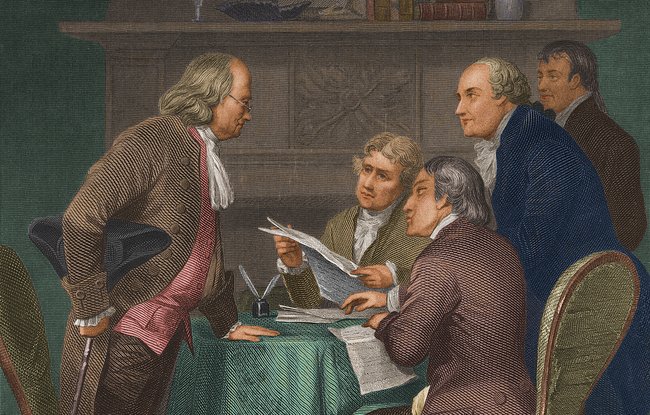
The American Initiative : Franklin and Jefferson
Politically, access to knowledge came an era of individual liberty and religious tolerance which in turn lay fertile ground for the 18th & 19th century threat to the idea of Monarchy aka Revolutions. Such American luminaries as Benjamin Franklin and Thomas Jefferson visited Europe, actively contributed to the philosophical and political debates, to knit these concepts into the US Declaration of Independence and US constitution.
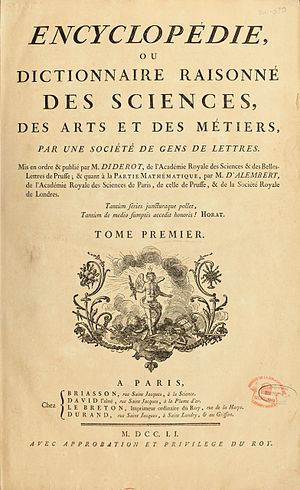
Frenchman Denis Diderot prints Science & Philosophy to "change the way people think"
The catalyst publication of this enlightened epoch was Encyclopédie, ou dictionnaire raisonné des sciences, des arts et des métiers Published in Paris 1751-1772, edited by Denis Diderot.his end game was “to change the way people think” collaborating with 150 Scientists and philosophers in the 35 volumes eventually published.
In the Scottish Enlightenment, Scotland's major cities created an intellectual infrastructure of mutually supporting institutions such as universities, reading societies, libraries, periodicals, museums and masonic lodges.. The Scottish network was "predominantly liberal Calvinist, Newtonian, and 'design' oriented in character which played a major role in the further development of the transatlantic Enlightenment". In France, Voltaire said "we look to Scotland for all our ideas of civilization." It was Scotsman, Adam Smith, who wrote the Capitalist Bible "Wealth of Nations" in 1776.
Encyclopedia Britannica & the Scottish Printer, Engraver & Bookseller
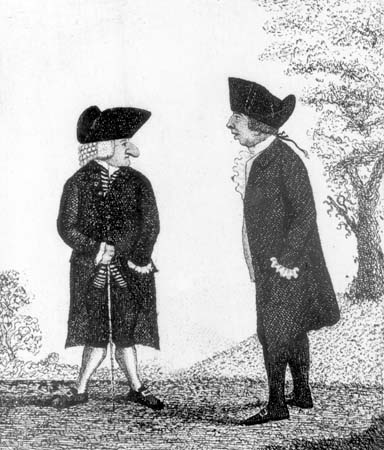 Enter Edinburgh Bookseller Colin Macfarquhar (1745?-1793), engraver Andrew Bell (1726-1809), who formed a "Society of Gentlemen" to publish the “Encyclopaedia Britannica” edited by printer William Smellie (1840-95). Bell was primarily the plate engraver becoming the sole proprietor on Macfarquhar's death. He is also greatly admired for translating French writer Comte de Buffon's Natural History in 1781. Bell 4 1/2 ft tall with a huge nose. He is was reported be quite a character: people often commented on his huge proboscis so it was his habit at parties to slip away and reappear wearing a much larger papier-mache creation, reminiscent of the Nose Speech in "Roxannne". Likewise, William Smellie was a fascinating character. While an apprentice printer, he was able to attend a local grammar school, in founded the Newtonian Society that encouraged mutual improvement, in 1780 help found the Society of Antiquaries of Scotland , and in 1781 “became the keeper and superintendent of the Edinburgh Museum of Natural History". Both are shining examples of Scottish Enlightenment from such humble beginnings
Enter Edinburgh Bookseller Colin Macfarquhar (1745?-1793), engraver Andrew Bell (1726-1809), who formed a "Society of Gentlemen" to publish the “Encyclopaedia Britannica” edited by printer William Smellie (1840-95). Bell was primarily the plate engraver becoming the sole proprietor on Macfarquhar's death. He is also greatly admired for translating French writer Comte de Buffon's Natural History in 1781. Bell 4 1/2 ft tall with a huge nose. He is was reported be quite a character: people often commented on his huge proboscis so it was his habit at parties to slip away and reappear wearing a much larger papier-mache creation, reminiscent of the Nose Speech in "Roxannne". Likewise, William Smellie was a fascinating character. While an apprentice printer, he was able to attend a local grammar school, in founded the Newtonian Society that encouraged mutual improvement, in 1780 help found the Society of Antiquaries of Scotland , and in 1781 “became the keeper and superintendent of the Edinburgh Museum of Natural History". Both are shining examples of Scottish Enlightenment from such humble beginnings
Famous Caricaturist John Kay and Scottish Enlightened Society
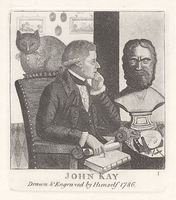
Andrew Bell and Willliam Smellie were two such Edinburgh celebrities and oddities immortalized by famous Scottish caricaturist John Kay. Kay’s portraits and caricatures chronicle the vibrant epoch of Scottish enlightened characters. The result was First Edition of Britannica, appearing in weekly instalments over a three-year period; the initial three-volume set was completed in 1771, and the printing soon sold out. The rest, as is said, is history that documents our lives and enlightenment to this day of “The Internet of Everything”
All these men seem to have been the embodiment of Scottish Enlightenment. But there is always a Joker to add the spoonful of sugar.
It is this quest of Encyclopaedic "complete system of learning" that George Selby Howard enters with “The New Royal Cyclopaedia, and Encyclopaedia; Or, Complete Modern and Universal Dictionary of Arts and Sciences".
©Sandra J Ker
Recent Posts
- » Lady Sarah Lennox, King George III & The Honourable George Napier
- » Schomburgk's Botanic Garden & Park Plan, 1874
- » "City of Adelaide" Clipper Ship - What is Old Is New Again
- » Napoleon, Hudibrastic Poetry, Doctor Syntax & the Power of Satire
- » Colonial Melbourne to Albury "Parlour Car" Photo Connects to Adelaide Past & Present





